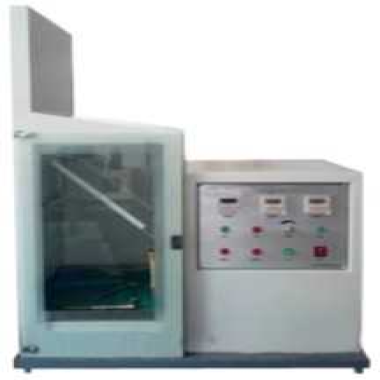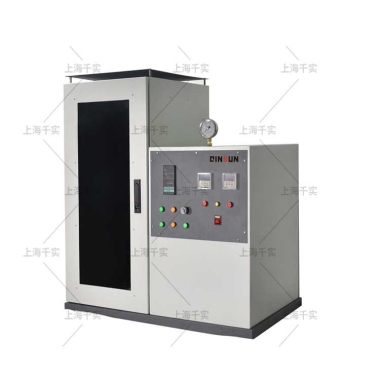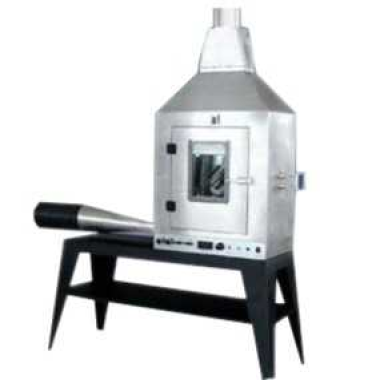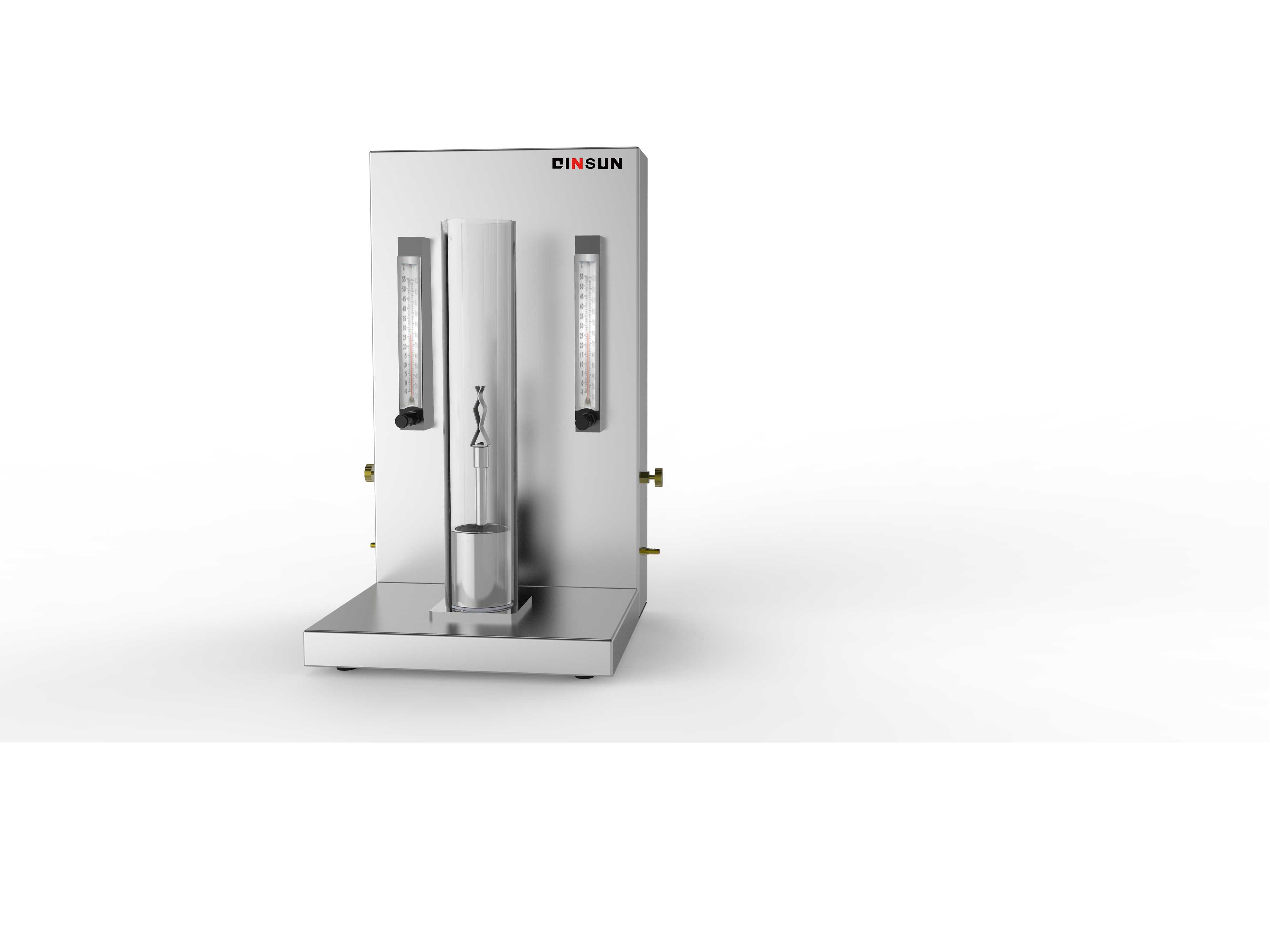
Fabric Flame Retardant Tester
Category:Flammability Tester
Introduction
A method is used to determine the damaged area and the length of the damage when the textiles and other materials are burned at 45 °, and the B method is used to determine the number of times the textile contacts the flame at a 45 ° state with hot melt to a specified length.
The Fabric Flame Retardant Tester is an essential instrument for evaluating the flammability of textiles, ensuring they meet safety regulations. This tester measures a fabric’s resistance to ignition and its burning behavior, including flame spread rate and after-flame time, when exposed to a controlled flame. It is crucial for quality control in industries like apparel, home textiles, automotive, and aerospace, where fabric flammability is a significant safety concern. By adhering to standards such as GB/T14644 and ASTM D1230. manufacturers can use this tester to assess the effectiveness of flame-retardant treatments and ensure their products offer the required level of fire safety to consumers.
Standards
GB/T 14645-2014 Textiles-Burning behaviour-45°test determination of damaged area and ignition times
Technical Parameters
| Items | Parameters |
|---|---|
| Afterflame time range | 0~99.99s, resolution:0.01s |
| Afterglow time range | 0 ~ 99.99s, resolution: 0.01s |
| Ignition tip distance from the sample distance | |
| Ignition time | A method: thin fabric 30s; thick fabric 120s B method: manual |
| Igniter caliber | A method: thin fabric Φ6.4mm; thick fabric Φ20mm B method: Φ6.4mm |
| Sample clip size | A method: shape 500mm × 230mm; inner frame 250mm × 150mm B method: spiral diameter Φ10mm; pitch 2mm; total length 150mm |
| Igniter top distance from the sample | A method: thin fabric 45mm; thick fabric 65mm B method : 45mm |



